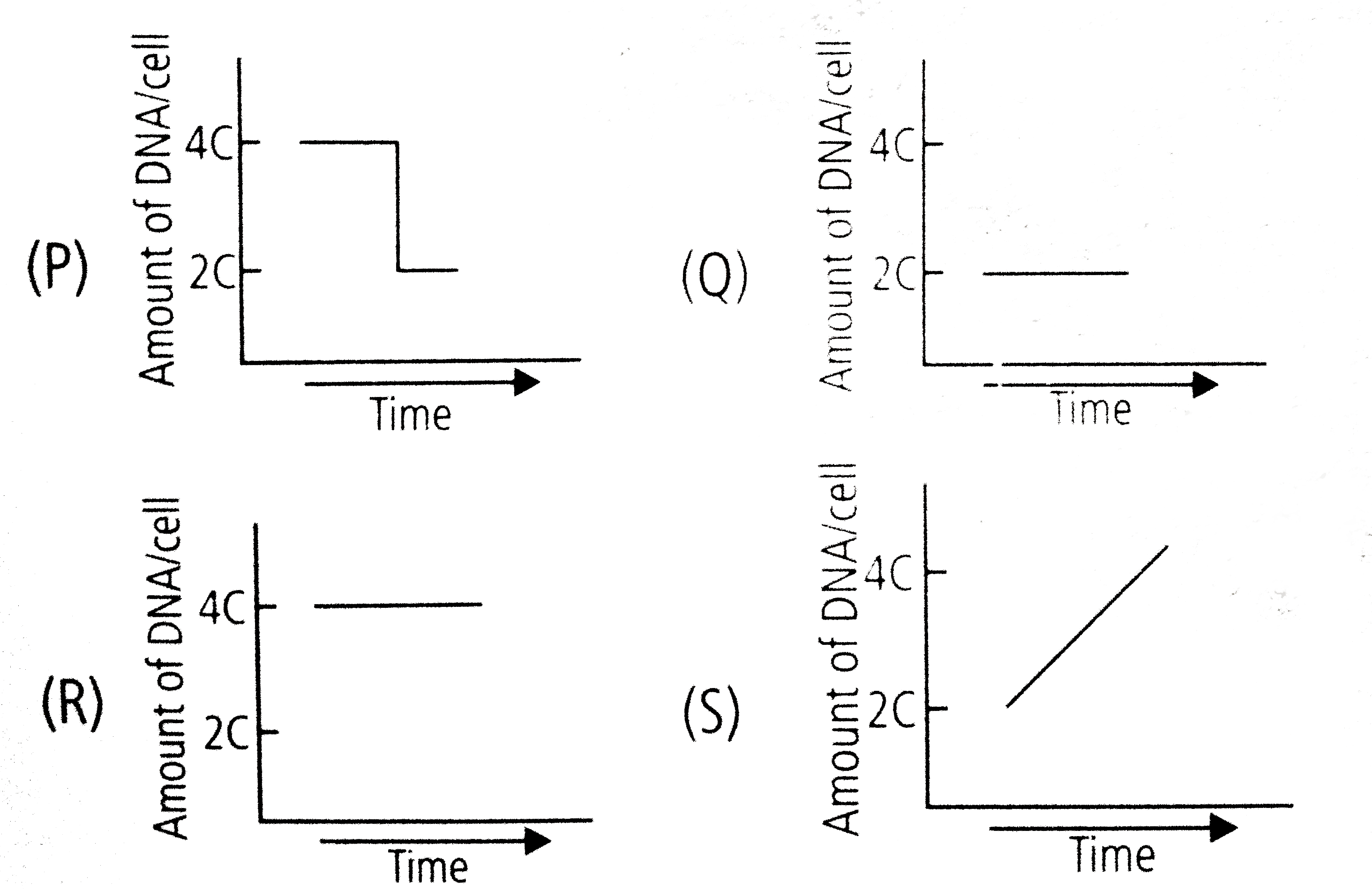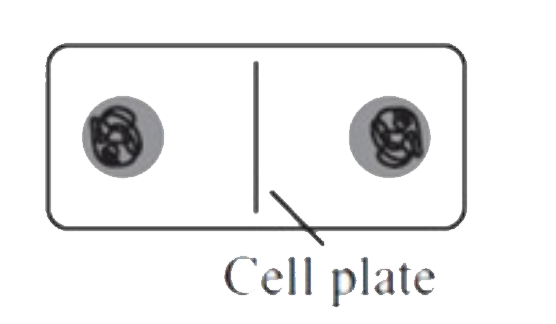___________ represents the most active stage of the cell cycle.
Metaphase
Anaphase
Telophase
Interphase
The correct Answer is:D
Step-by-Step Solution:
1. Understanding the Cell Cycle: The cell cycle consists of several stages that a cell goes through to divide and replicate. The main phases include Interphase and the Mitotic phase (which includes Prophase, Metaphase, Anaphase, and Telophase).
2. Identifying Interphase: Interphase is the longest phase of the cell cycle and is divided into three sub-phases: G1 (Gap 1), S (Synthesis), and G2 (Gap 2). During this time, the cell grows, duplicates its DNA, and prepares for division.
3. G1 Phase: In the G1 phase, the cell increases in size, produces RNA, and synthesizes proteins necessary for DNA replication. This phase is crucial for the cell's preparation for the next stage.
4. S Phase: The S phase is where DNA replication occurs. Each chromosome is duplicated, resulting in two sister chromatids for each chromosome.
5. G2 Phase: In the G2 phase, the cell continues to grow and produces proteins necessary for mitosis. The cell checks for any DNA damage and ensures that all the DNA is replicated correctly.
6. Mitotic Phase: After Interphase, the cell enters the Mitotic phase, where actual cell division occurs. This phase is shorter compared to Interphase.
7. Conclusion: Given that Interphase is the stage where the cell spends the majority of its time and is involved in critical processes for growth and DNA replication, it represents the most active stage of the cell cycle.
Final Answer: Interphase represents the most active stage of the cell cycle.
---
Topper's Solved these Questions
- CELL CYCLE AND CELL DIVISION BOOK - AAKASH INSTITUTE ENGLISHCHAPTER - CELL CYCLE AND CELL DIVISION EXERCISE - Section - B
35 Videos
- CELL CYCLE AND CELL DIVISION BOOK - AAKASH INSTITUTE ENGLISHCHAPTER - CELL CYCLE AND CELL DIVISION EXERCISE - SECTION - C ( Previous year Questions )
53 Videos
- CELL CYCLE AND CELL DIVISION BOOK - AAKASH INSTITUTE ENGLISHCHAPTER - CELL CYCLE AND CELL DIVISION EXERCISE - EXERCISE
20 Videos
- BREATHING AND EXCHANGE OF GASES BOOK - AAKASH INSTITUTE ENGLISHCHAPTER - BREATHING AND EXCHANGE OF GASES EXERCISE - ASSIGNMENT SECTION - D
11 Videos
- CELL:THE UNIT OF LIFE BOOK - AAKASH INSTITUTE ENGLISHCHAPTER - CELL:THE UNIT OF LIFE EXERCISE - Try Yourself
26 Videos
Similar Questions
Knowledge Check
The cells that do not divide further, exit G1 phase to enter an inactive stage called__ of the cell cycle.
AM stageBG2 stageCS stageDG0 statgeGiven graphs P,Q,R and S show four stages of cell cycle i.e., G1,S,G2 and M, but in random order. Identify the stages and match with the activites of the cell.
I. Taxol treatment, which prevent microtubule depolymerization, arrests the cell at this tage .
II. With a mitogen treatment , such as an epidermal growth factor, and arrested cell at this stage proceeds to the next stage of the cell cycle.
III. The cell cycle check point at this stage confirms. that DNA duplication is complete before the cell proceeds to the next stage
 AI-R,II-Q,III-RBI-Q,II-S,III-RCI-R,II-Q,III-SDI-P,II-S,III-Q
AI-R,II-Q,III-RBI-Q,II-S,III-RCI-R,II-Q,III-SDI-P,II-S,III-Q
Which represents the correct sequence of stages in the cell cycle?
View SolutionConsider the following four statements (I - IV) related to cell cycle, and select the correct option stating them as true [T] and false [F]. i. G1 phase is a metabolically active stage of the cell cycle. ii. Interphase is the phase of actual cell division. iii. The number of chromosomes doubles in S-phase. iv. The cells that do not divide further exit the G1 - phase to enter a quiescent stage.
View SolutionPlant cell undergoes cell division to form two new cell. The below diagram represents a certain stage of the cell cycle of plant cells. Determine the step/stage of the cell cycle process that will happen just before the represented process starts.

View SolutionThe most active phagocytic white blood cells are
View SolutionAssertion :- M-phase is the most dramatic period of the cell cycle.
Reason :- It involves a major reorganisation of virtually all components of the cell.
View SolutionThe synthesis of replisome takes place during which stage of the cell cycle ?
View Solution